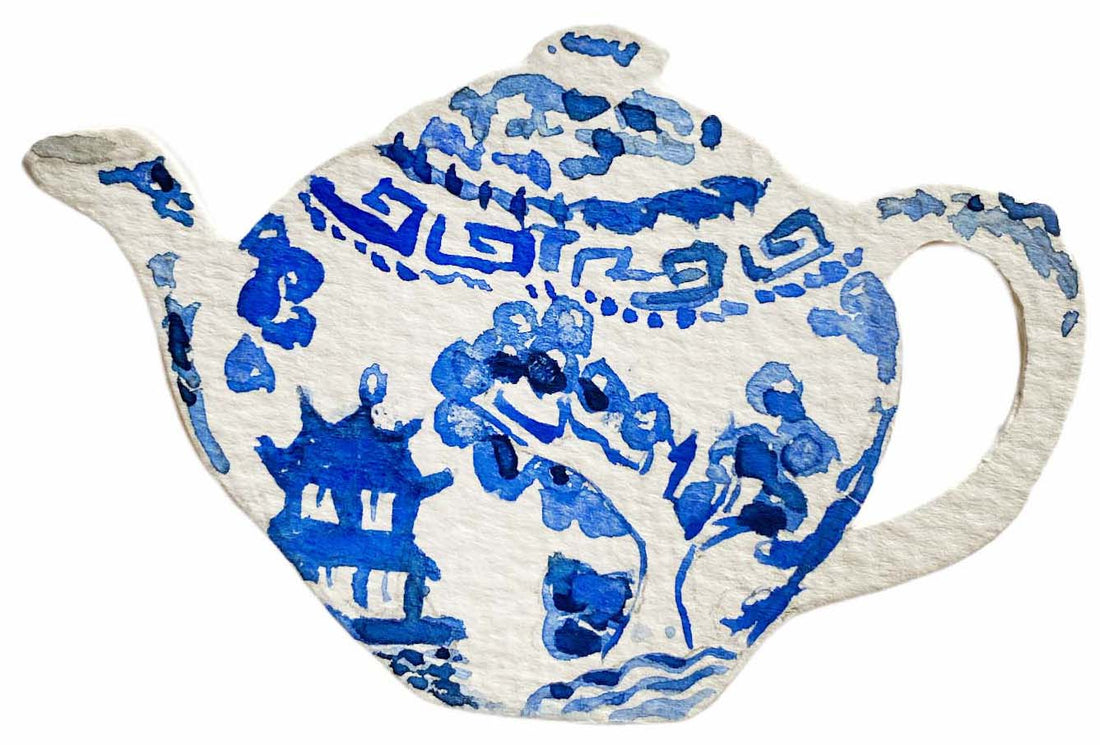Tea is one of the most popular drinks in the world and has a rich history that spans thousands of years. Here's our brief overview of the history of tea - brief enough to enjoy over a cup of tea!
Legend has it that tea was discovered in China in 2737 BC by the Chinese Emperor Shen Nong. While sitting under a tree, a leaf from the Camellia sinensis plant fell into his boiling water, and he enjoyed the resulting drink. This is believed to be the first cup of tea ever made.
Tea was initially consumed for medicinal purposes and was later used for its stimulating and refreshing properties. It wasn't until the Tang Dynasty (618-907 AD) that tea became a popular beverage in China.
During the Tang Dynasty, tea was introduced to Japan by Buddhist monks who had visited China. The Japanese developed their own tea ceremony, called Chanoyu, which emphasized the importance of harmony, respect, and tranquility.

Tea was introduced to Europe in the 16th century by Portuguese traders. The Dutch were the first to start importing tea on a large scale in the early 17th century, and it quickly became popular in England. The British East India Company was instrumental in the global spread of tea, establishing plantations in India and Sri Lanka to meet the growing demand.
Today, tea is grown and consumed around the world, with China, India, and Sri Lanka being the largest producers. There are countless varieties of tea, each with its own unique flavour and health benefits. From the traditional Chinese tea ceremonies to the British afternoon tea, tea remains an important part of many cultures and traditions.
Click here to browse our range of premium organic teas and make sure you're enjoying the very best cuppa every day!


